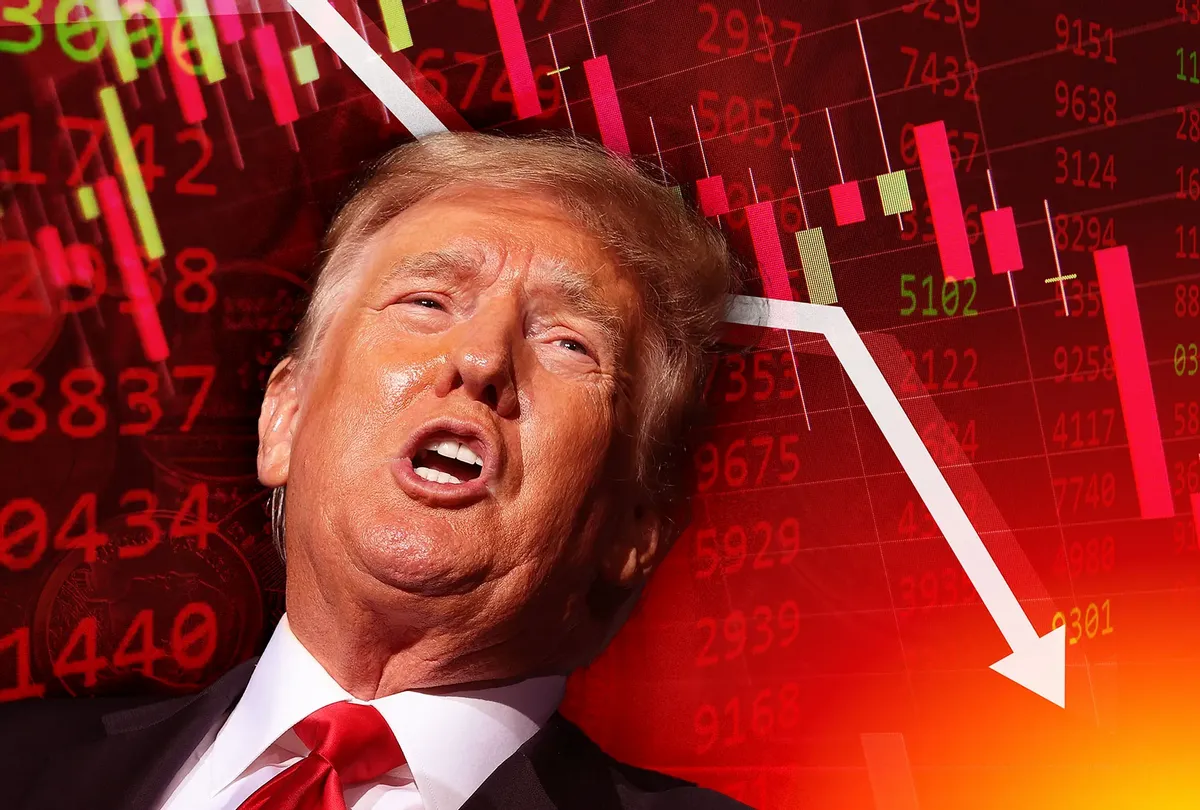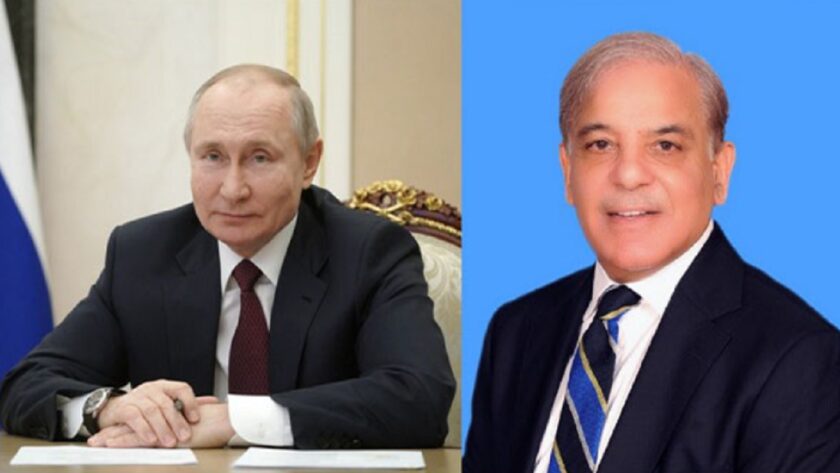Washington: Since Donald Trump’s return to the Oval Office, financial markets around the world have been thrown into a state of flux. The former President, now reinstated as the 47th President of the United States, has triggered a wave of volatility through abrupt tariff decisions, frequent policy reversals, and aggressive trade posturing.
A Timeline of Shocks from the Trump Trade Doctrine
Trump’s second innings began with a storm of protectionist measures, many of which were later retracted or altered, creating instability across global markets.
-
Feb 1: Trump imposed a 25% tariff on most imports from Mexico and Canada, and 10% on goods from China, while also announcing measures to curb illegal immigration.

-
Feb 3: In a swift U-turn, he suspended tariffs on Mexico and Canada for 30 days but kept China tariffs intact.
-
Feb 7: Tariffs on low-cost Chinese packages were paused pending a Commerce Department roadmap.
-
Feb 10: The President imposed 25% tariffs on steel and aluminum.
-
Mar 3: He reinstated the 25% tariff on Mexican and Canadian goods, and imposed a 20% tariff on Chinese imports.
-
Mar 5–6: Under pressure from U.S. automakers like GM and Ford, Trump delayed tariffs on certain vehicles from Mexico and Canada.
-
Mar 26: A 25% tariff was slapped on car and light truck imports.
-
Apr 2: A sweeping 10% baseline tariff on all imports was announced — the first of its kind from Trump on a global scale.
-
Apr 9: The global tariff was suspended for 90 days, yet the blanket 10% duty remained, causing global stock markets to lose billions in a single day.
-
Trump also hiked tariffs on Chinese goods from 104% to 125%, taking effective duties as high as 145% on certain items.
More Policy Volatility
-
Apr 13: The administration granted tariff relief on Chinese smartphones, computers, and electronics.
-
Apr 22: Initiated a probe under Trade Act Section 232 into pharmaceuticals and semiconductors for potential tariffs.
-
May 4: Trump slapped a 100% tariff on all foreign-produced films, prompting concern in the global entertainment industry.
-
May 9: A bilateral trade deal with the UK imposed a 10% tariff on British exports, while easing tariffs on British car exports.
-
May 12: In a surprise move, U.S. and China agreed to a 90-day tariff truce. U.S. import duties on Chinese goods would drop from 145% to 30%, and China would reduce its tariffs from 125% to 10% on American imports.
-
May 13: Tariffs on low-value Chinese goods (under $800) were reduced from 120% to 54%.
-
May 23: Trump threatened a 50% tariff on European Union imports, including phones manufactured outside the U.S.
-
May 25: He walked back the EU tariff threat, instead extending negotiations until July 9.
-
May 28: A U.S. court blocked the enforcement of some of Trump’s tariff actions, calling them a presidential overreach. The Trump administration vowed to appeal.
-
May 29: The court allowed the tariffs to take effect temporarily, pending review of the appeal.
Global Fallout
Trump’s erratic trade policy has shaken investor confidence, triggered market sell-offs, and rekindled fears of a full-blown global trade war. Economists warn that continued unpredictability could hamper post-pandemic recovery and stunt cross-border commerce.
With major economies reeling and allies wary, the world is once again adjusting to Trump’s trademark turbulence — and the markets are feeling the heat.






